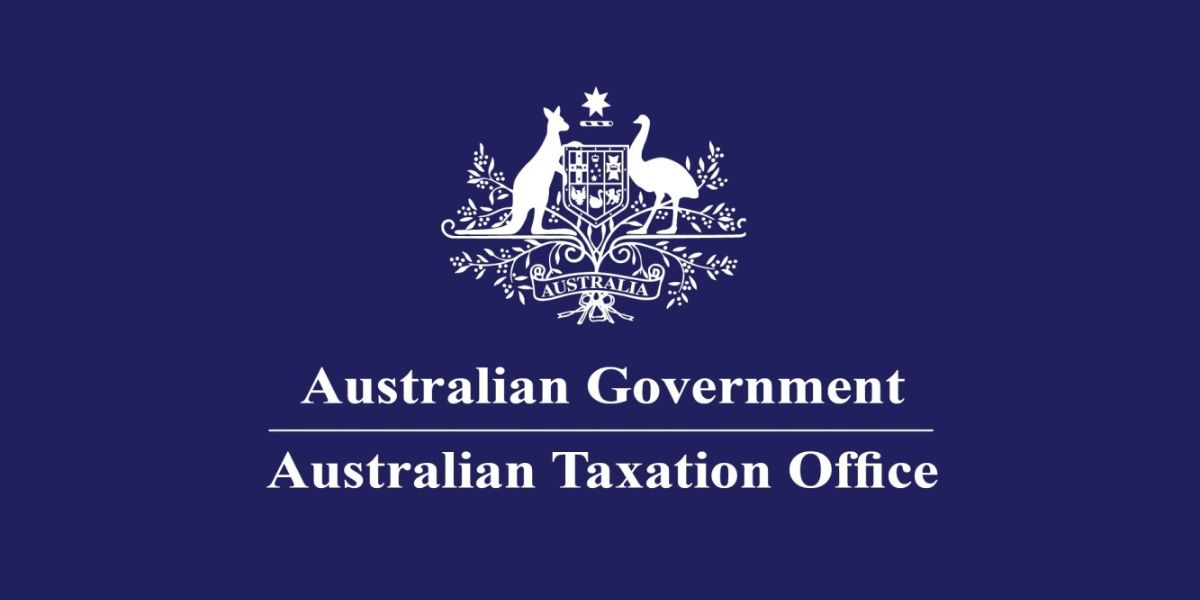The Australian Taxation Office (ATO) has released new guidance on transfer pricing for inbound related party funding within private groups that receive funding from an overseas related party or associate for property and construction on 15 January 2024.
The guidance explains the transfer pricing rules and will help businesses use – and demonstrate – arm’s length funding arrangements.
Under the transfer pricing rules, it’s important that funding arrangements (for example, a loan) with an overseas related party or associate (for example, a relative) apply the arm’s length principle. This ensures funding arrangements are commercially similar to what would be expected between independent parties acting at arm’s length.
The rules are intended to prevent businesses from using non-arm’s length terms and conditions for funding, in order to claim excessive debt deductions such as interest, or to defer or avoid interest withholding tax.
What the guidance covers
Topics include:
- how to demonstrate the commerciality of your funding arrangements and ensure they are at arm’s length;
- ATO’s observations of conventional funding practices in the property and construction industry;
- ATO’s concerns and factors that attract their attention;
- examples of different funding arrangements and behaviours along with our view on their level of tax risk;
- Entities’ record-keeping and other compliance obligations when receiving funding from an overseas related party or associate.
Factors attracting attention
Knowing the factors attracting ATO’s attention can help entities get it right and avoid their focus.
These include:
- insufficient equity (capital) or excessive debt;
- subordinated or unsecured loans with excessive interest rates;
- loans with excessive durations;
- deferral or avoidance of interest withholding tax.
Quick compliance tips
To stay on the right side of the rules, ensuring your funding arrangements are justifiable and well documented is key.
This includes:
- explaining the funding options available to you and justifications for your choice;
- keeping evidence showing that your arrangement is commercial and at arm’s length, such as project details, loan documentation, transfer pricing analysis and workpapers;
- lodging your International Dealings Schedule and accurately disclosing your arrangement;
- understanding and complying with interest withholding tax obligations, including timely remittance and proper reporting;
- reviewing and monitoring your related party funding arrangements to ensure ongoing compliance.
The new guidance should be read with Practical Compliance Guideline PCG 2017/4 ATO compliance approach to taxation issues associated with cross-border related party financing arrangements and related transactions.


















